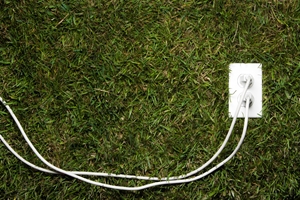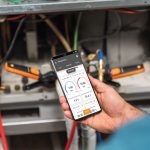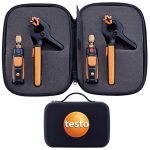The heating, ventilation, and air conditioning (HVAC) industry is in for a turbulent few years, as more people and organisations invest in technology designed to lower energy consumption in these systems.
A new report from Navigant Research has predicted a significant surge in the popularity of advanced HVAC control devices – sensors, controllers and thermostats that are designed to ensure commercial HVAC systems are being operated efficiently.
In fact, Navigant expects the number of these sensors shipped annually will spike rapidly over the next decade, from 33.8 million units in 2014 to just over 70 million in 2023.
“Networked digital controls for HVAC systems have been available for many years, but much of the existing building stock is still dependent on older technologies,” explained research analyst with Navigant Research Benjamin Freas.
“New building certification and benchmarking regulations are driving faster retrofits of controls in existing buildings, and changing how automation is designed into new buildings.”
The news follows the announcement earlier this month of the formation of a brand new Australian initiative focused on improving efficiency and lowering emissions in the HVAC&R industry.
The PRIME project – which stands for professionalism, regulation, information, measurement, and emission abatement – was introduced by a number of influential figures in the Australian HVAC&R sector, a fact that highlights the industry’s devotion to improving its environmental performance.
Thanks to new technologies and innovations in the field of efficiency measurement and refrigeration monitoring it is now easier than ever to ensure that HVAC equipment is operating with minimal environmental impact.
The testo 440 Climate Measurement Tool is one example of a versatile and reliable multifunction measuring instrument that can allow users to quickly and easily adjust ventilation and air-conditioning systems to ensure they are compliant with safety and environmental standards.









 Reduce cooking oil costs while ensuring quality
Reduce cooking oil costs while ensuring quality Expert knowledge on CO2 monitoring
Expert knowledge on CO2 monitoring Refrigeration knowledge - in 3 modules
Refrigeration knowledge - in 3 modules



